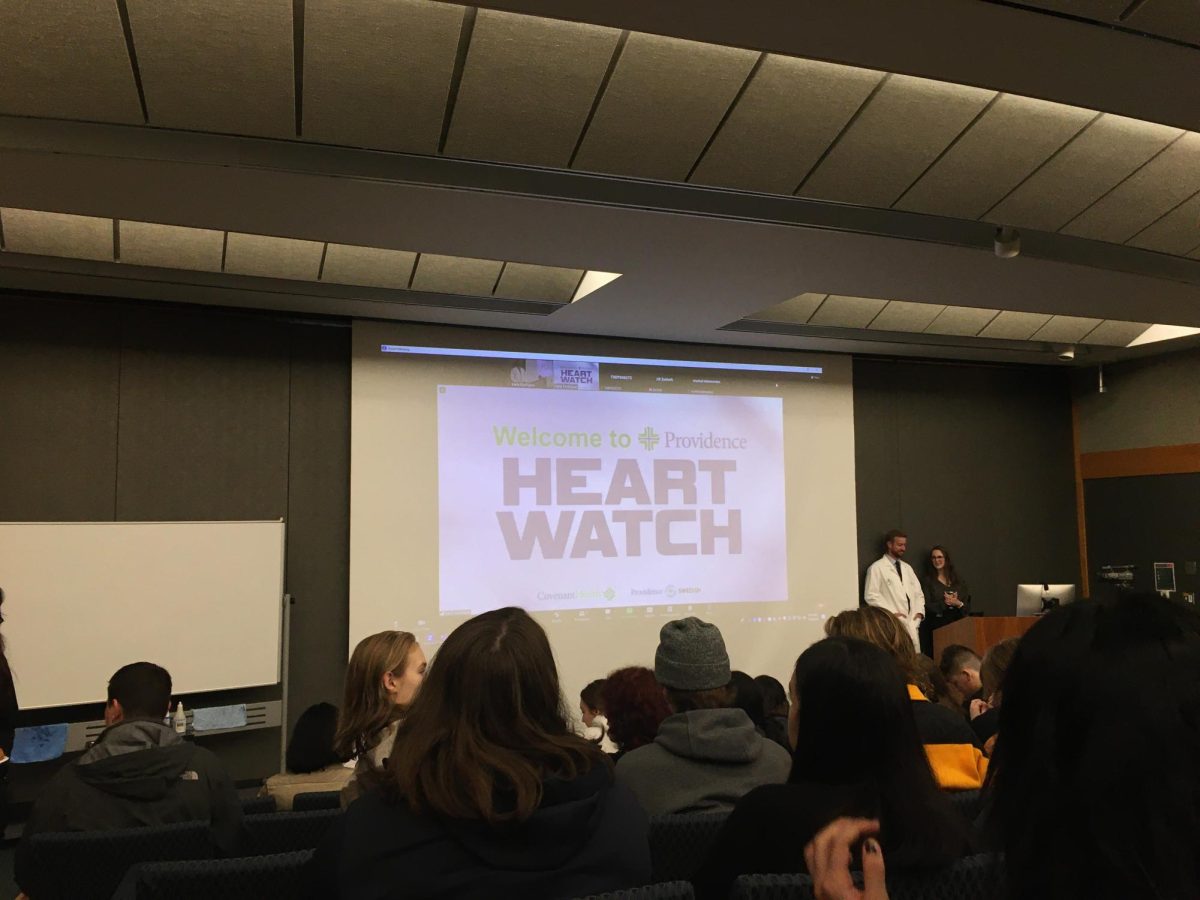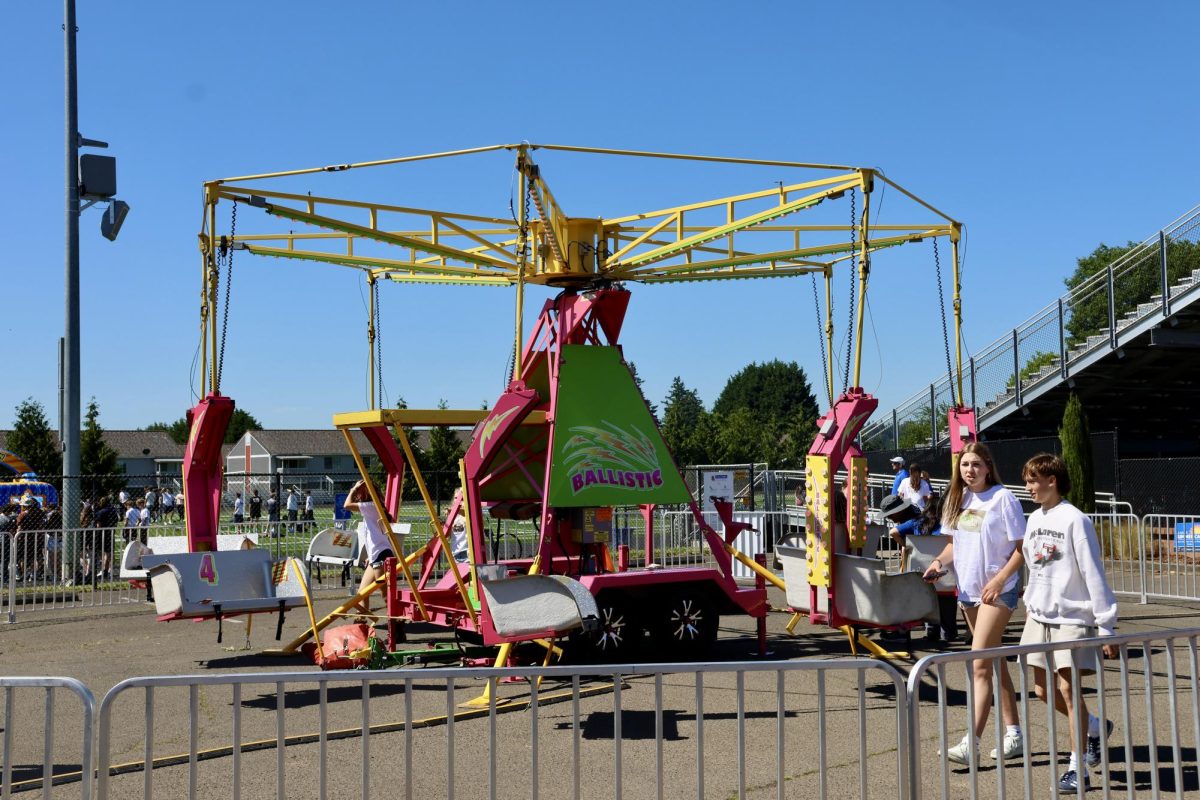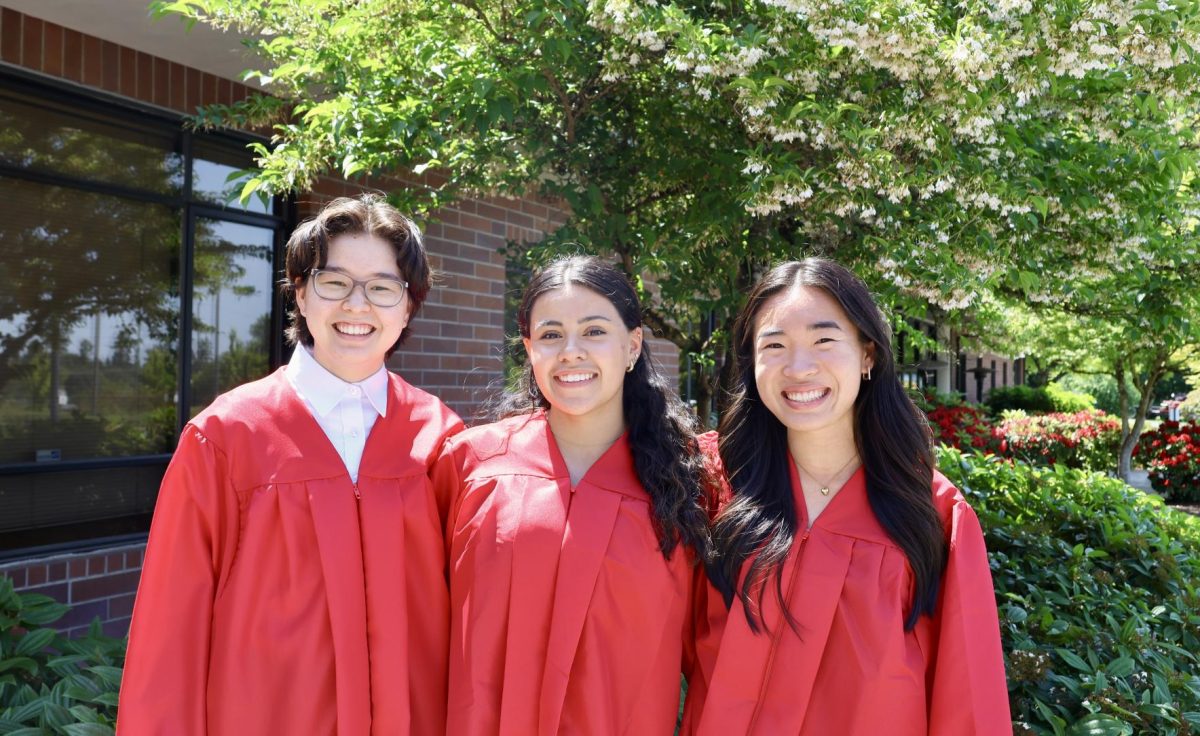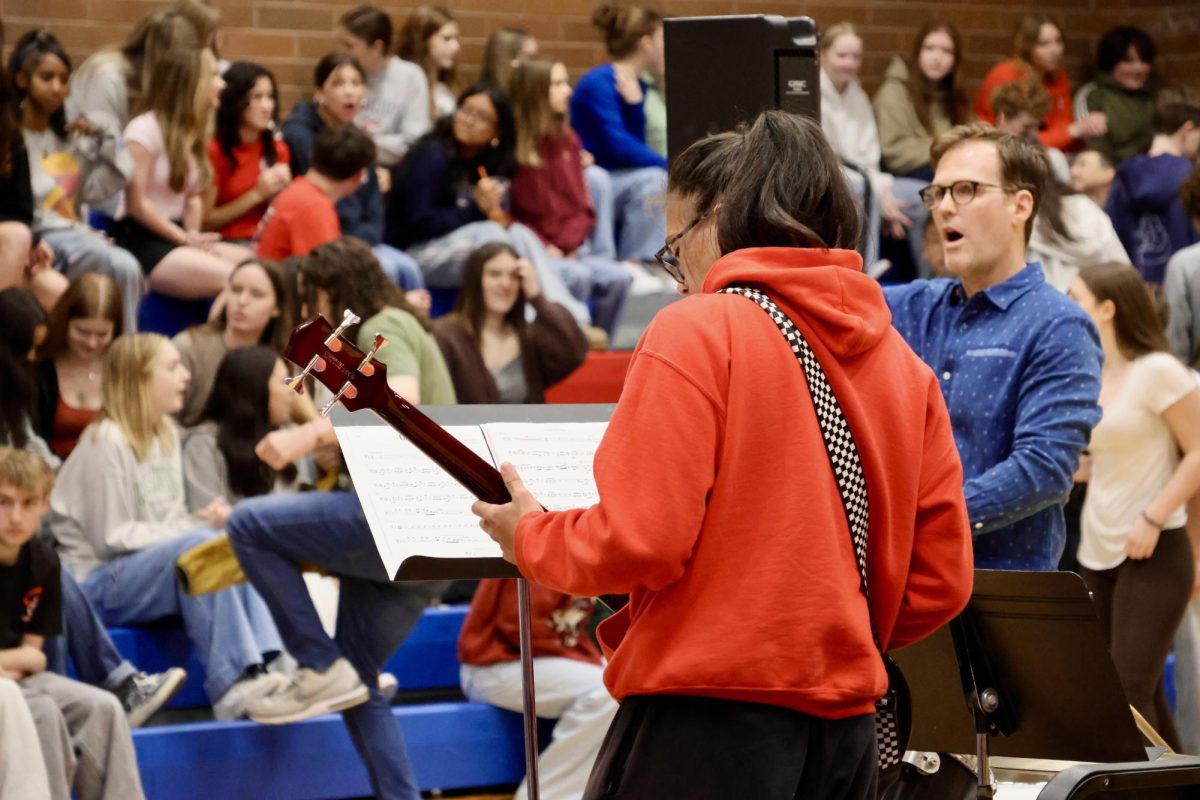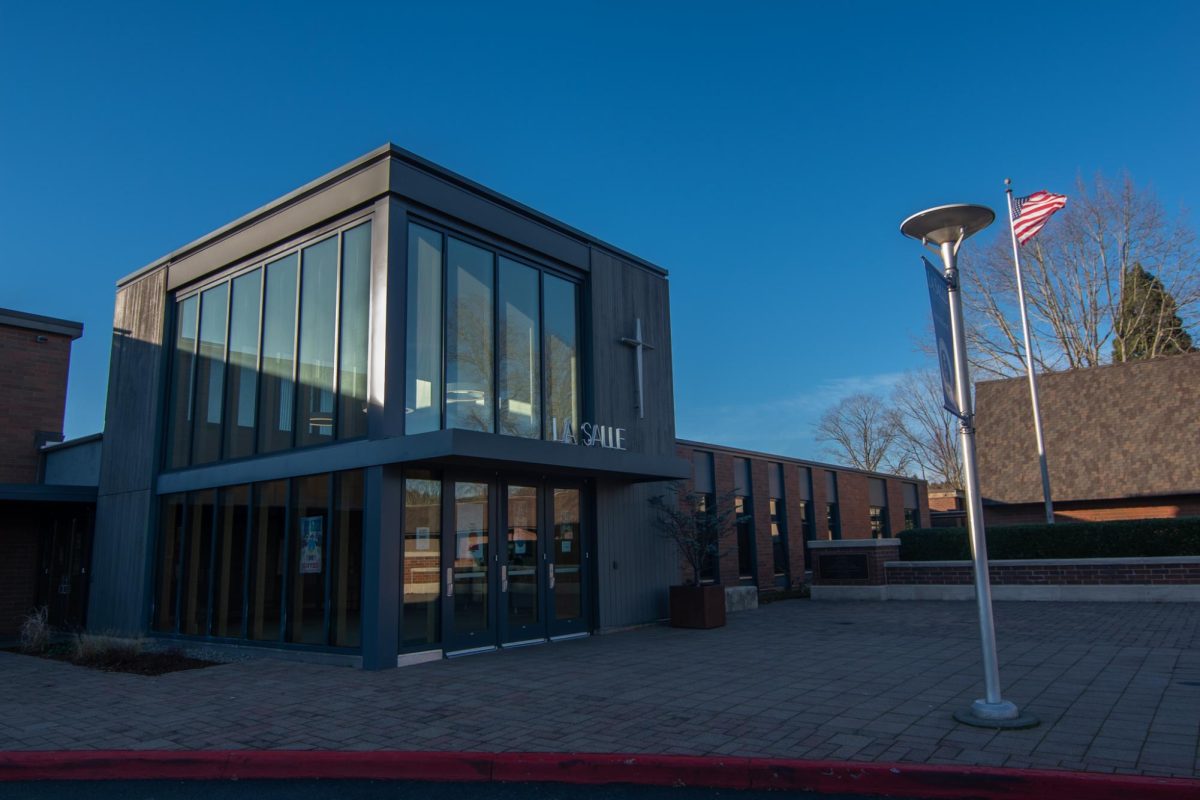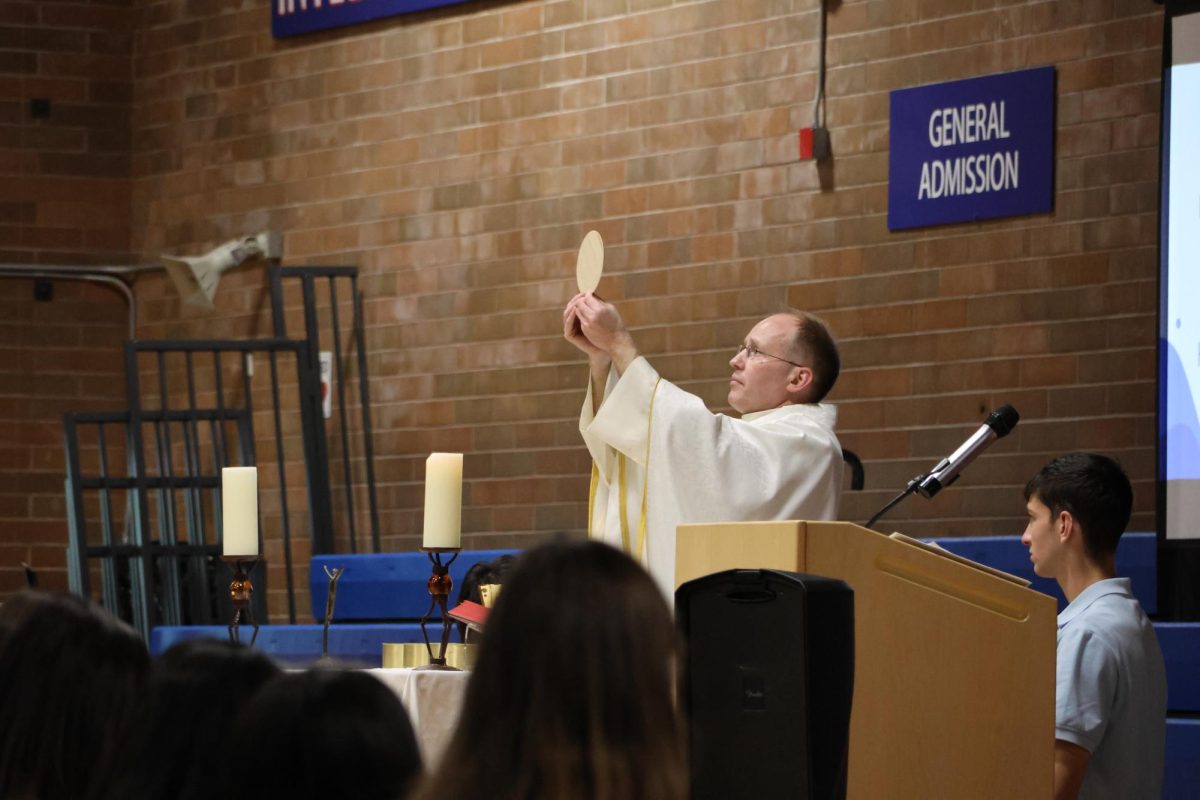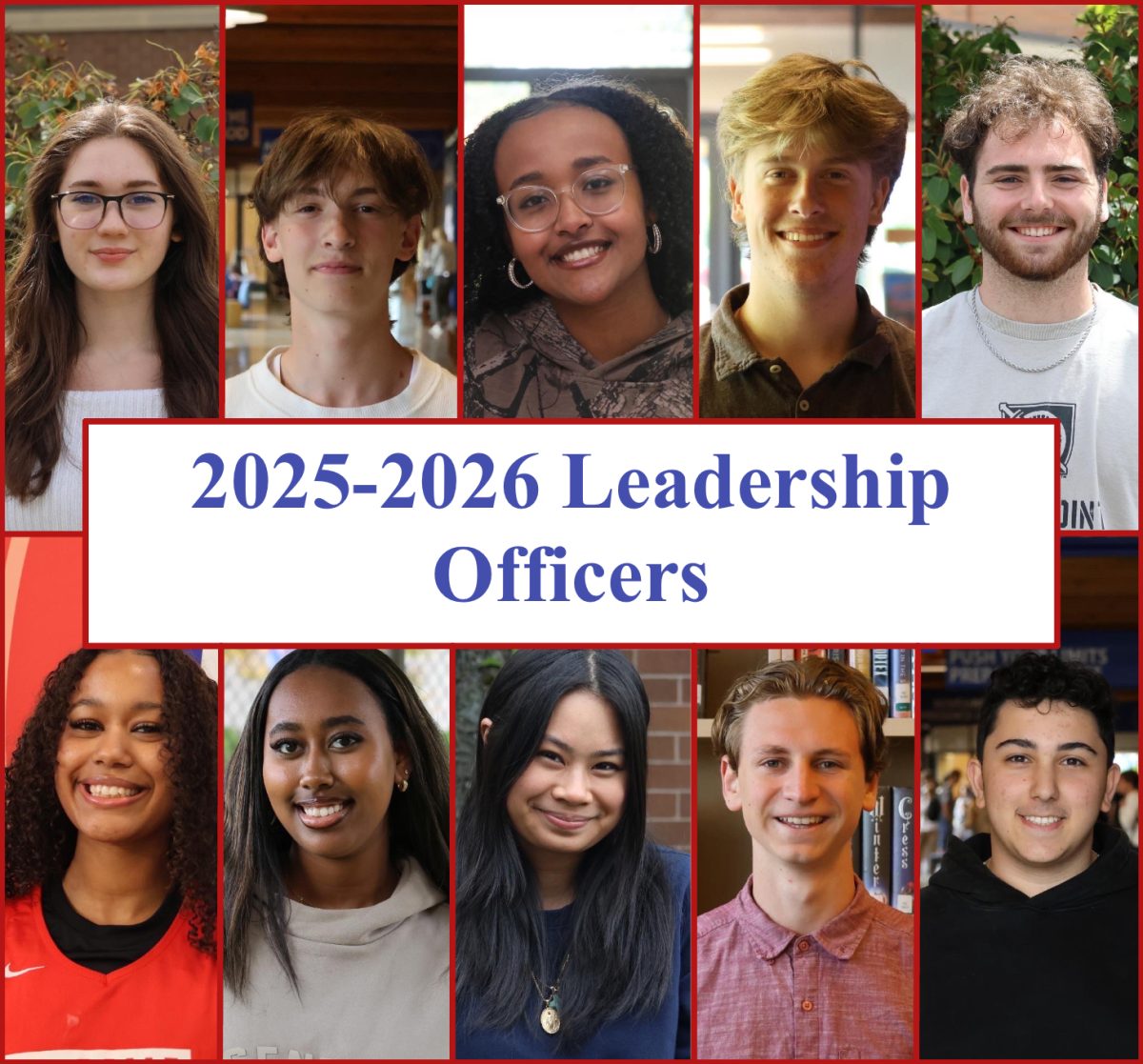“A fantastic once-in-a-lifetime opportunity” is how science teacher Mr. Ryan Kain described the trip he and 20 senior Anatomy & Physiology students took on Wednesday, Dec. 6, to see an open heart surgery at Providence St. Vincent Medical Center in Portland.
Students were selected on a lottery basis using a random number generator. Mr. Kain initially sent out a Google form to assess student’s interest, and 34 names signed up for the 16 slots allotted by the hospital. Mr. Kain was able to add six more a few days before the open heart surgery took place, but the size was limited due to the highly competitive nature of getting into the event and the high level of interest, as the event started up recently after having been shut-down during COVID.
Students and Mr. Kain transported themselves to the hospital, arriving around 6 a.m. The surgery itself was an aortic valve replacement, lasting about three hours, starting after a brief breakfast (provided by the hospital), the signing of Health Insurance Portability and Accountability Act papers, and a general outline of the procedure along with background information regarding what was going to happen. Though the surgeon intended to speak to the group beforehand, the surgery started early, and so they “just went right in,” Mr. Kain said.
Two Physician’s Assistants (PA’s) were in the auditorium with them explaining the surgery live, as the students and Mr. Kain watched a video broadcasted via a live video feed from multiple cameras to them along with locations in Seattle, Spokane, and Texas. After the surgery, the surgeon along with a couple of nurses spoke about the anatomy and physiology of the heart, how they performed the surgery, and why the surgery was performed in the way that it was.
They were there at the hospital for around five hours, and despite the early morning, “it exceeded my expectations,” senior Grant Ellison said. Both Ellison and senior Anne Rust recommended the experience to other students. “It helps you visualize what it would be like to go into [a medical] profession in the future, or figure out if you are even interested in something like that,” Rust said. Specialists such as the cardiac surgeon, the PA assisting the surgeon, the anesthesiologist, and nurses, spoke with them, allowing students to see what it is like to have a profession in the medical field, and see themselves “in those people that are working in that field,” Mr. Kain said.
While Ellison and Rust expressed that their interest in the medical field as part of what prompted them to attend the surgery, Rust said that it’s also just “a really cool thing to witness.”
“It’s one of the coolest things I’ve ever done,” Mr. Kain said, who has been on two trips like this before: one during his time as a La Salle student, when Ms. Carie Coleman — Director of STEAM and Innovation and Design teacher — took students to see a hip replacement, and another as a teacher at Valley Catholic High School, watching an ACL replacement.
In terms of what Mr. Kain wants students to take away from the experience, he said that while there are a lot of practical components regarding the different specific jobs involved, the main focus is the “huge launching point for learning” that this experience will serve as for students once the Anatomy & Physiology class begins their cardiovascular unit in February.
“You learn by doing. You learn by experience,” Mr. Kain said. “I could spend days and weeks trying to put together a thing that won’t touch this experience in terms of its engagement, in terms of the ability for it to really create that wonder and awe.”
According to Mr. Kain, an emphasis on experiential learning — not only in Anatomy & Physiology, but also Marine Biology, where students go to the coast — helps students connect with the material, giving them the capability to both understand the purpose of their learning and utilize it when in complex situations.
“There’s no pertinent topic to learn about more than the human body, because we all have one,” Mr. Kain said. “They all work slightly differently, and trying to figure out what’s going on with them, in my opinion, is one of the most important and fascinating things you can do.”


